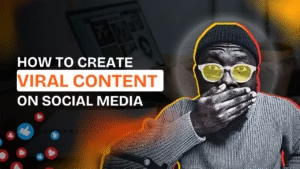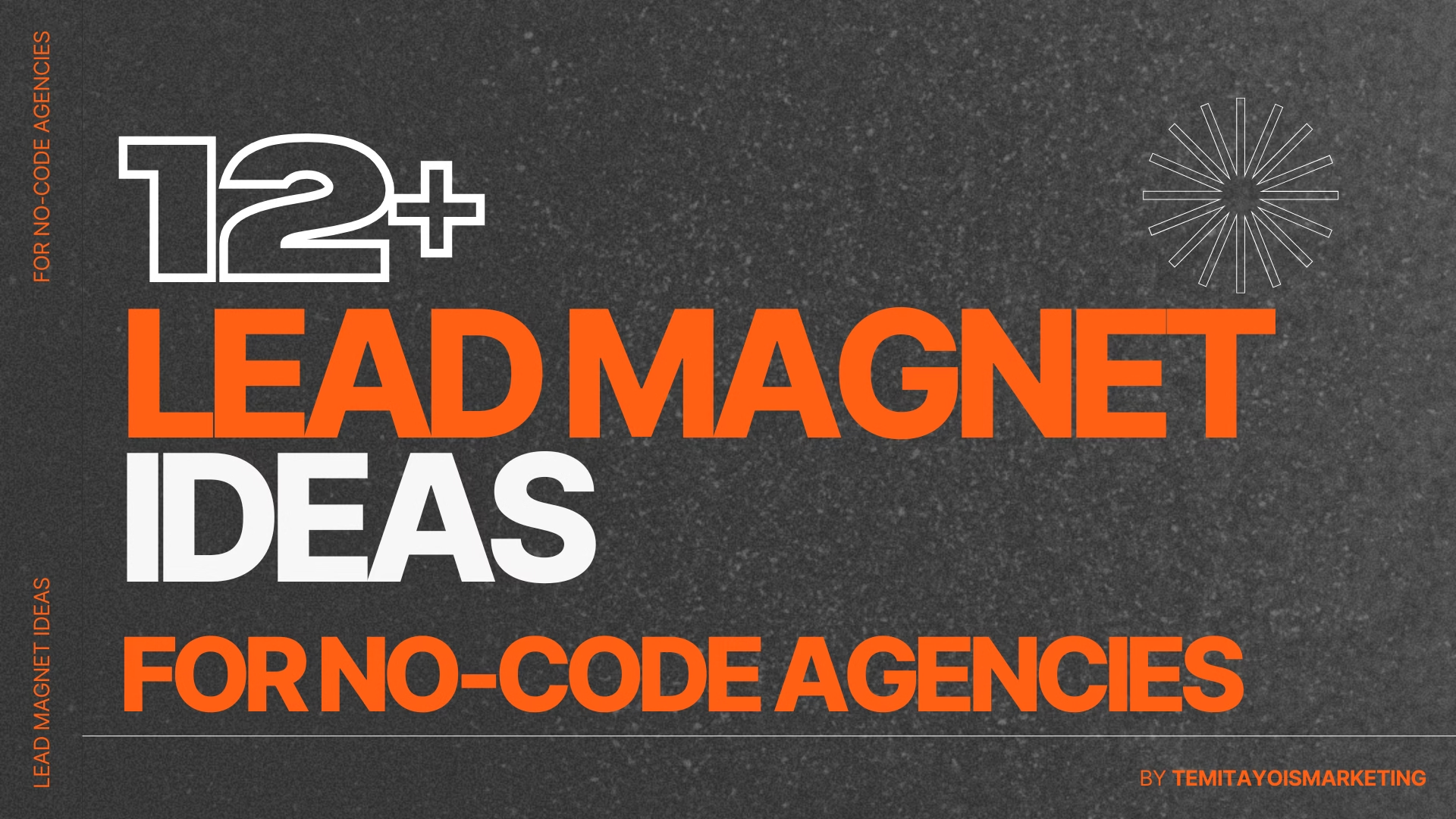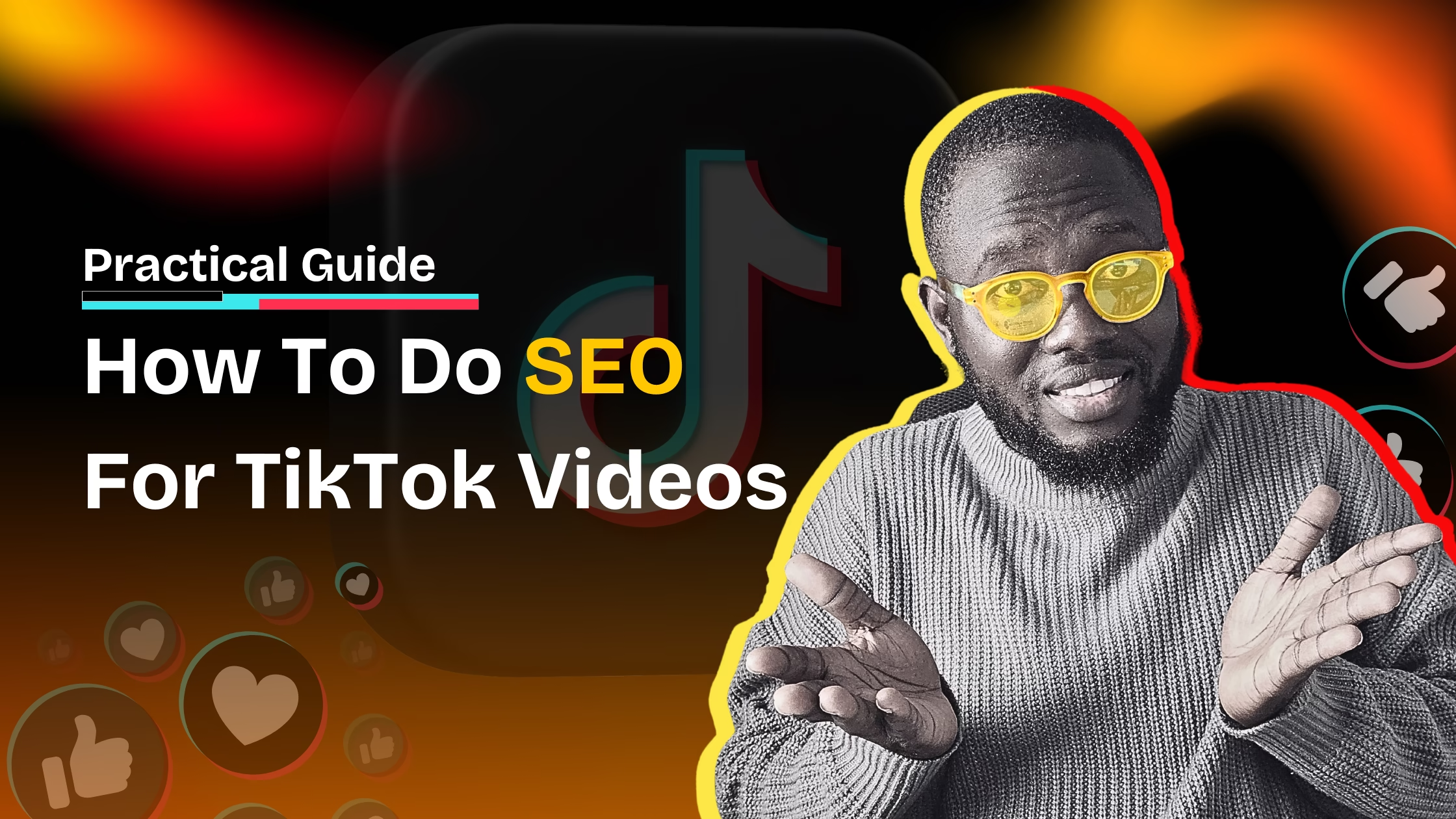Introduction
According to Search Engine Journal, One-third of mobile searches are location-based, and the percentage of all trackable website traffic that comes from organic search is 53%.
However, Moz shared Jumpshot’s data that shows that images earn 3% of all Google search clicks.
With that said, what is an image search on Google?
And how does one optimize their web pages for Google’s image search and clicks?
My Interest In Google Visual Search Optimization
Some sources say that up to 20% of searches may already be visual/image searches, where users use their camera to search for an image or object.
I’ve been taking a critical look at Google Lens in Chrome and on mobile, and how it makes it easy to search anything you see on your screen. within a video you’re watching, a slide in a live stream, or an image on a webpage.
How should SEOs (search engine optimizers) optimize their content, images and visual objects to show up for these forms of query?
How Visual Search Systems Work: AI & Machine Learning
I found out that visual search tools like Google Lens rely heavily on AI and machine learning (ML) to function.
These technologies help to analyze and understand the content of images beyond just the text metadata associated with them.
Here’s how visual search works using AI/ML
- Image Recognition:
AI and ML algorithms, particularly convolutional neural networks (CNNs), are used to process and recognize patterns in images. These algorithms analyze various features like shapes, colours, textures, and objects within an image.
- Object Detection and Classification:
After recognizing patterns, the AI system can identify objects within an image and classify them into categories (such as., ‘shoes,’ ‘landmarks,’ ‘animals’). This step is crucial for understanding the context and content of the image.
- Contextual Understanding:
AI models also use surrounding metadata, like alt text, captions, and file names, to gain a better understanding of what the image represents. This helps in generating more accurate search results.
- Matching and Retrieval:
Once the image is analyzed and classified, the AI system matches it against a database of indexed images.
The search engine then retrieves the most relevant results based on the content of the image and the context provided by associated metadata.
- Learning from Data:
The AI system continuously learns from vast amounts of data, improving its ability to recognize and categorize new images over time.
User interactions (like clicks and engagements) further refine the accuracy of these systems.
Image Search Optimization: Techniques For Optimizing Your Images For Search Engine Visual Search
1. Use Descriptive File Names
Try to rename your image files with descriptive, keyword-rich names before uploading them. For example, instead of IMG1234.jpg, use blue-running-shoes.jpg.
A descriptive file name increases the chances of the image being correctly identified and retrieved in relevant searches.
2. Optimize Alt Text
Alt text is a critical element that search engines use to “read” images. AI uses alt text to better understand the content of an image, especially when the image itself isn’t clear or has ambiguous visual elements.
Write detailed and relevant alt text for each image, describing what the image depicts and including keywords naturally.
3. Image Quality and Relevance:
High-quality images with clear details are easier for AI models to process and recognize. Blurry or low-resolution images may be harder for the AI to interpret, leading to lower search relevance.
Use appropriate file formats like JPEG for photos, PNG for images with transparent backgrounds, and SVG for icons or logos. WebP is another format that offers high-quality images with smaller file sizes.
4. Structured Data (Schema Markup):
Schema markup provides explicit information to search engines about the image’s content, which is crucial for AI-driven visual search.
Structured data helps the AI understand complex images better by providing additional context, such as the name of a product or its price.
5. Mobile-Friendliness:
Since many visual searches are performed on mobile devices, make sure your images are responsive and optimized for mobile devices.
Responsive images improve user experience and increase the likelihood of the image being favoured in visual search results, which is important as AI algorithms often prioritize mobile performance.
6. Optimize Captions and Surrounding Text
Add relevant captions and ensure the surrounding text on the page is related to the image. As part of the image metadata, the AI models will use the text around the image to gain additional context.
Captions and relevant surrounding content help the AI to make more accurate associations between your image and visual search queries.
7. Use Image Sitemaps:
By including images in sitemaps, you ensure they are crawled and indexed by search engines, which feed into the AI’s matching requests.
Doing this increases the chance that your images will surface in results for image or visual searches.
Conclusion
In summary, focusing on image SEO by optimizing for visual search, implementing best practices for image formats, and ensuring fast loading times can enhance organic traffic share and improve overall site performance.
Encouraging social sharing of your images by adding share buttons to help them gain more visibility and improve their ranking in image search, lazy loading to ensure that images load only when they come into the user’s viewport, and using tools like Google PageSpeed Insights to check how your images affect your site’s load time can contribute to their discovery during visual search.






